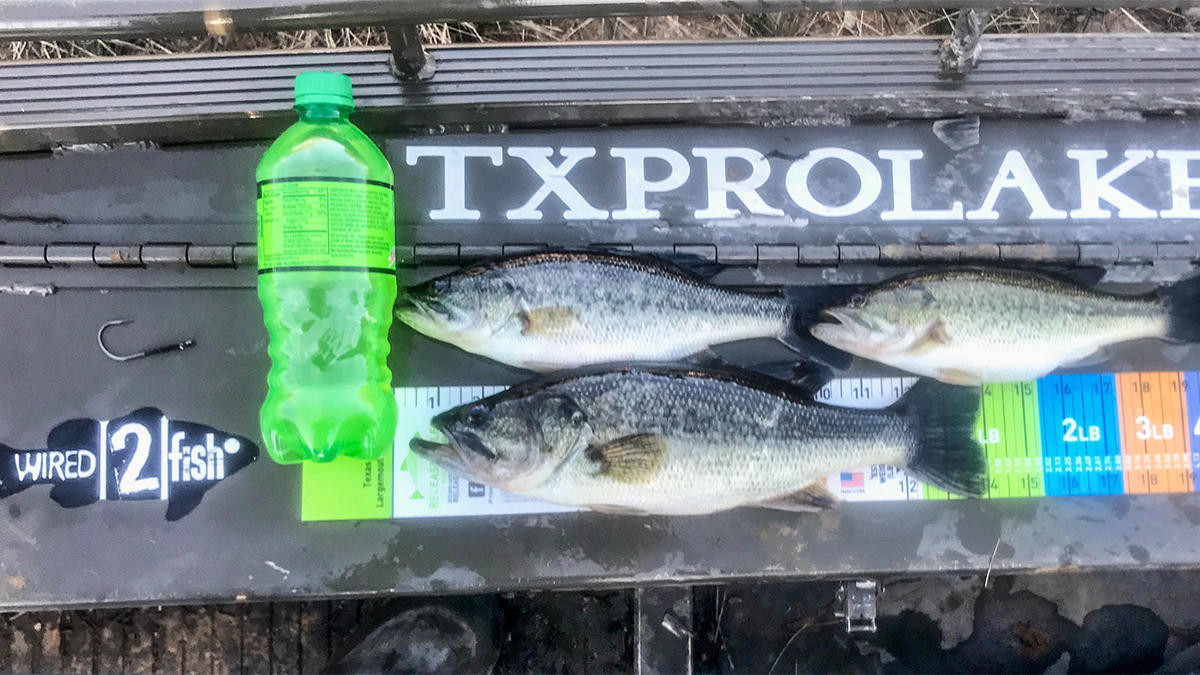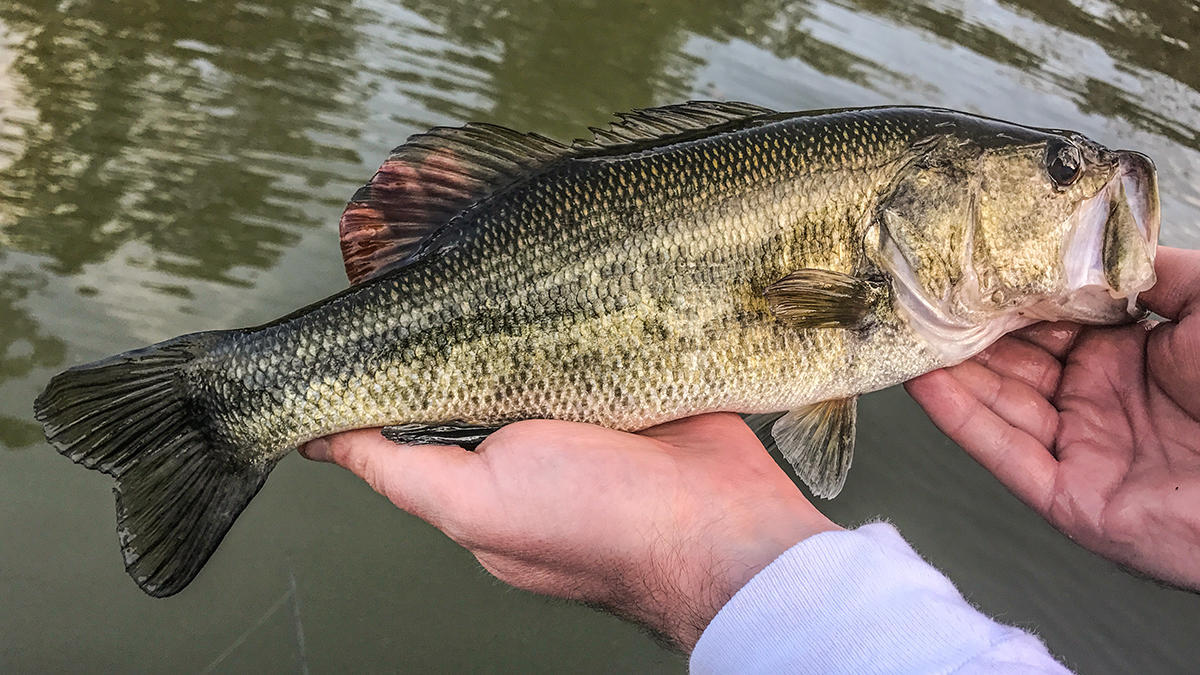Many anglers discovered their love of fishing while while targeting sunfish in their childhood years. Not only are these fish relatively simple to catch, but they’re also known for their aggressive fights when caught on ultralight tackle.
It’s worth noting, however, that these fish are often misidentified. This guide will help you quickly and accurately determine which species you’re catching.
Key identifying factors

Before we begin identifying these sunfish species, it’s important to understand the areas of external anatomy that aid in positive identification.
- Mouth size compared to body size
- Upper jaw length compared to eye
- Opercular flap length
- Opercular flap color and margin color
- Opercular flap flexibility
- Pectoral fin length
- Body coloration
In many situations, these fish will also hybridize, so some traits can lead you to two or more paternal species.
Redear sunfish (Lepomis microlophus)

- Small mouth relative to body size
- Upper jaw extends to the front of the eye
- Dark opercular flap with red to orange margin color
- Inflexible opercular flap
- Brown spotting forming a mottled, or checkered, pattern
- Pectoral fins are elongated, reaching past the eye when folded forward
Bluegill sunfish (Lepomis macrochirus)

- Small mouth relative to body size
- Upper jaw reaches the front side of the eye
- Opercular flap is dark with a dark margin
- Opercular flap is flexible
- Pectoral fins are elongated, reaching past the eye when folded forward
- Soft dorsal fin has a single black spot
- Vertical barring on sides and blue below the jaw can be present
Pumpkinseed (Lepomis gibbosus)

- Small mouth relative to body size
- Neither jaw extends to the eye
- Flexible opercular flap with white margin and a red spot on tip
- Elongated pectoral fins that, when folded forward, extend to the eye
- Spotted rear dorsal fin
- Blue lines from mouth throughout the gill plate
Redspotted sunfish (Lepomis miniatus)

- Small mouth relative to body size
- Upper jaw extends to the center of the eye
- Inflexible opercular flap
- Dark-colored opercular flap with thin, white to yellow margin
- Short, round pectoral finds that do not extend past the eye when folded forward
- Black to red spots on sides are sometimes visible
Orangespotted sunfish (Lepomis humilis)

- Pointed snout
- Relatively large mouth size
- Upper jaw extends to the center of the eye
- Flexible, dark-colored opercular flap with heavy white margin
- Pectoral fins reach the front of the eye when folded forward
- Orange to brown spots found through the sides, dependent on sex and age
Longear sunfish (Lepomis megalotis)

- Very small mouth
- Upper jaw extends to the center of the eye
- Blue to teal stripes extend form mouth to opercular flap
- Flexible, dark opercular flap with thin red or white margin
- Pectoral fins are short and do not reach the eye when folded forward
- Males can have blue to teal dorsal fins
Green sunfish (Lepomis cyanellus)

- Relatively large mouth
- Lower jaw extends to the middle of the eye
- Opercular flap is black with white margin tipped in yellow, orange or red
- Pectoral fin is short and rounded
- Pectoral fin does not reach beyond the eye
Warmouth (Lepomis gulosus)

- Red eyes
- Larger-sized mouths
- Striped from eye to opercular flap
- Opercular flap is small and dark with red margin
- Short, rounded pectoral fin that does not extend beyond the eye
- Males can have a single, large red to orange spot on rear dorsal fin
Steven Bardin is a private fisheries biologist who owns Texas Pro Lake Management. He holds a Bachelor’s Degree in Freshwater Biology and a Master’s Degree in Fisheries Science. He has spent the last decade teaching lake owners how to raise trophy largemouth bass in various conditions. You can follow him on Facebook and Instagram.

















